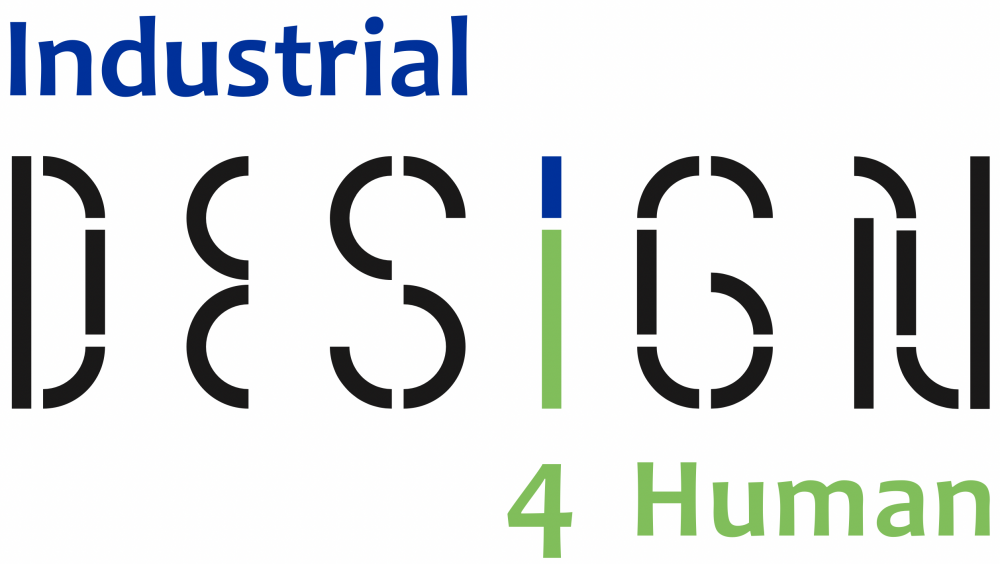Bachelor’s Thesis
Analysis of Computational Methods for Conceptual Product Design. Application to the Design of a Chair

Name:
Guillermo Moreno Prieto
Year: 2021
Degree:
Degree in Industrial Design Engineering and Product Development
Tutor(s):
Daniel Jeremy Fox Hornig
OBJECTIVES
The purpose of this work is the analysis of computational methods used in industrial design.
The first part (chapter 2) deals with the concept of generative design, and its evolution thanks to computers in computational design. The philosophical implications of following a computational paradigm and its influence on the designer-product relationship are outlined.
The second part (chapters 3, 4 and 5) deals with the theoretical analysis of the components and tools necessary to understand the operation and development of the generating systems. From the operational part to handle the forms (L-Systems and generative grammars) to the necessary meta-heuristic processes that, based on the explicit criteria of the designer, are capable of guiding the process of generating forms to solutions that meet certain restrictions.
The third part (chapters 6 and 7) illustrates the exercise of creating a generative system to obtain a valid solution within the multiple possible generations. The computational paradigm has been followed to create the design of a chair.
ABSTRACT
The exercise of designing a generator system from scratch has been quite a challenge, since at the beginning of the research for this work I did not have all the theoretical basis that I present in it. It has been hard work of research, synthesis and assimilation. It has also been difficult to keep track of where I wanted to take this work, since the possible applications are infinite, and computational methods are constantly changing. It is an interesting and vast field, where there is still much work to be done and much to be developed.
Precisely, the computational paradigm and the use of generative systems is in an embryonic phase within industrial design, which surprises me. In fields such as architecture, urban planning or even mechanical engineering, many more applications of generative systems and computational methods are being developed than in the field of product design.
I personally liked the result of this work. On an aesthetic level, an organic form has been generated which at the same time fulfils all the requirements imposed. However, it is clear that the formal aspect of the chair could be further polished by redesigning the back and the seat, although that is beyond the scope of this work and what it really wanted to illustrate.
As a final note, it is necessary to point out that the tools that computational design puts at the service of designers are very powerful and increasingly extensive, so that complex models can be established, many variables can be related, and intermediate processes can be simplified to be a viable way of approaching the design of any product. Furthermore, for products that are in families, it can be ideal for finding and defining the attributes that will define cohesion and belonging to that family.


